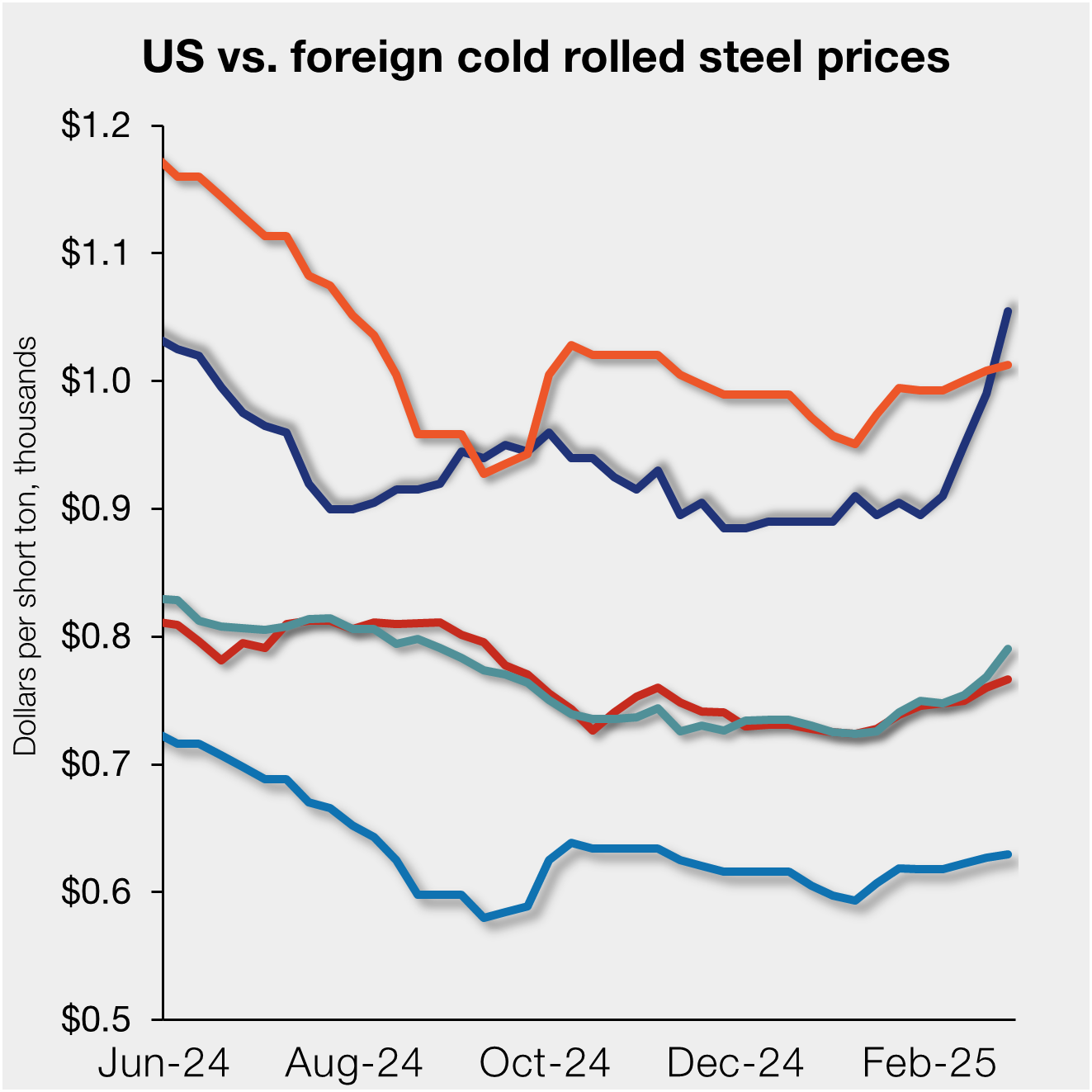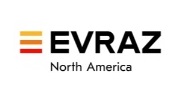Steel Products Prices North America

Letter to the Editor: Tsunami Article and Indexed Deals
Written by John Packard
May 3, 2016
We received the following email from a large national service center chain:
“I read with great interest your “tsunami” article on the different types of steel buyers, in the Sunday edition.
Here’s another perspective I thought of after reading it:
I hope that this year’s current market, which includes a high percentage of mill index contracts (per the mills), forever dispels the notion that index contracts are bad for the mills and/or depress the market price of steel. To the contrary, because the mills returned to using a greater % of index contracts in 2016 following their much reduced use in 2014-15, it allowed this market to stabilize faster and gave the mills a solid level of predictable monthly volume it could count on. Coming out of the blocks, the visibility of their forward months was increased measurably, giving them the ability to see much earlier than they have in a while, that a tight market was coming.
Had they not had the index deals, they would have certainly still filled their books, but the way that might have played out could have been much different, and likely would have created much more chaos then we’re seeing now. As we move forward this year, it’s the same index deals that could/should give the mills better information with which to make decisions around whether to bring back production, etc. By having a larger portion of sales in the portfolio, it’s easier for them to measure the “extra” demand which exists outside of the contracts. I’ll leave it to the mills to decide how solid that they feel the extra demand is or isn’t, but today it looks quite genuine based on what’s transpiring.
Lastly, regardless of what one thinks about this current market and how we got here because of protectionism, etc, I believe that the mills are being pretty fair in how they are allocating tonnage. As one who has consistently supported the mills in up/down markets, and also utilized index deals as part of an overall strategy, it is refreshing to see that the mills are taking into account past history, purchasing consistency, and relationships as the main elements in their decision making. It’s hard to feel sorry for the “opportunists”, who would load the mills up with orders at the bottom, run to imports in up markets, and now find themselves complaining on the sad state of affairs. It takes two to tango and the mills helped to enable such behavior, but I’m glad to see that perhaps they’ve learned some things. I guarantee some buyers are learning some things the hard way, and seeing what can happen if you only play the “opportunist game”.

John Packard
Read more from John PackardLatest in Steel Products Prices North America

Nucor slows HRC price climb with $5/ton increase
After eight weeks of double-digit price increases on hot-rolled (HR) coil, Nucor slowed the price rise this week with an increase of $5 per short ton.

Domestic CRC prices surge ahead of imports
The price spread between stateside-produced CR and imports reached its widest margin in over a year.

Evraz raises plate prices $160/ton
Evraz North America (NA) has followed Nucor and SSAB with a plate price increase of its own: up $160 per short ton (st). The increase was effective immediately for all new orders of carbon, high-strength low-alloy, and normalized and quenched-and-tempered plate products, as well as for hot-rolled coil, the steelmaker said in a letter to […]

Nucor lifts HR coil to $820/ton
Nucor has increased its consumer spot price (CSP) for hot-rolled (HR) coil for a fourth consecutive week.

Nucor pushes HR spot price to $790/ton
Nucor increased its consumer spot price (CSP) for hot-rolled (HR) coil to $790 per short ton (st) on Monday, Feb. 10 – a $15/st bump vs. last week. The Charlotte, N.C.-based company has raised its weekly CSP by $40/st over the past three weeks after maintaining tags at $750/st since Nov. 12, according to SMU’s […]
